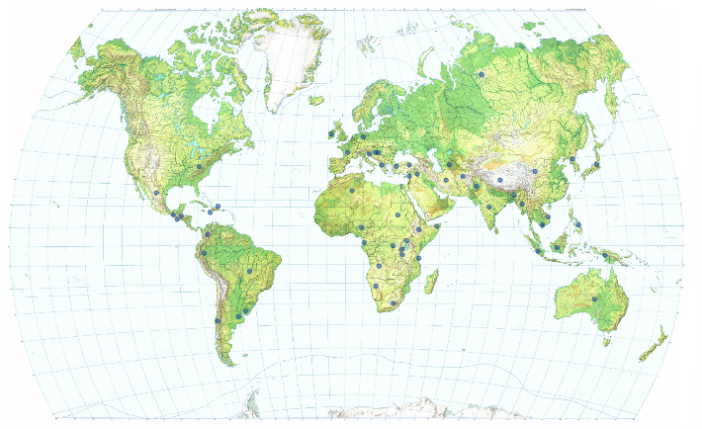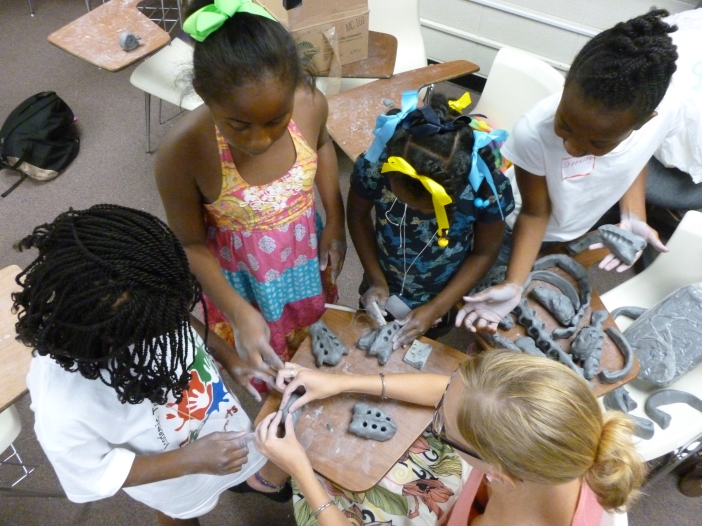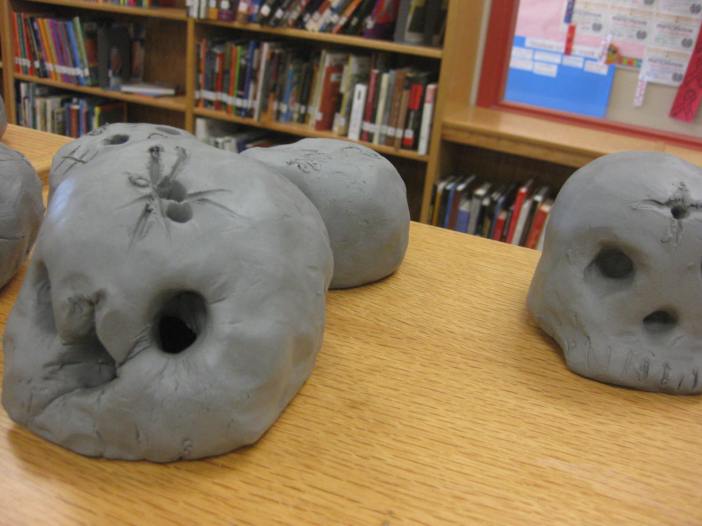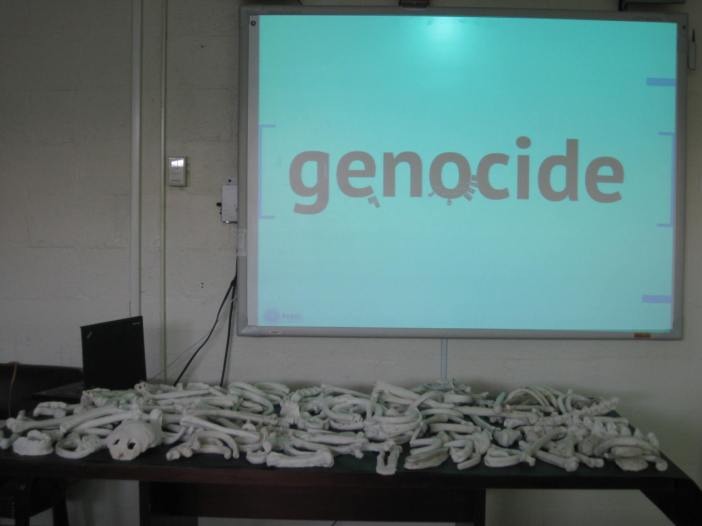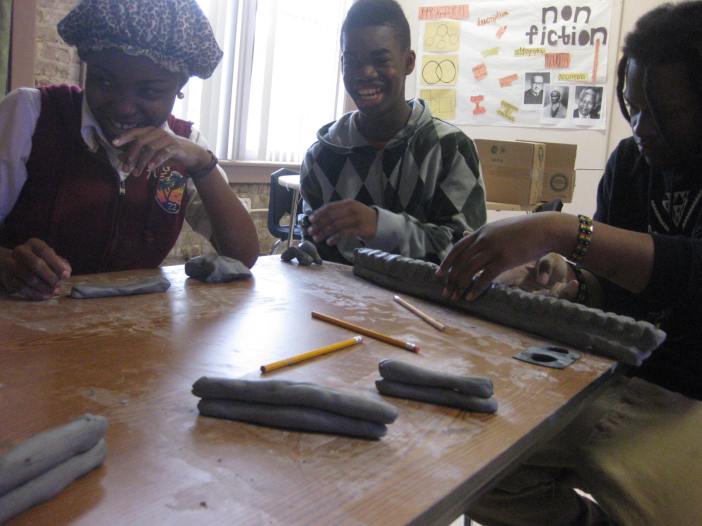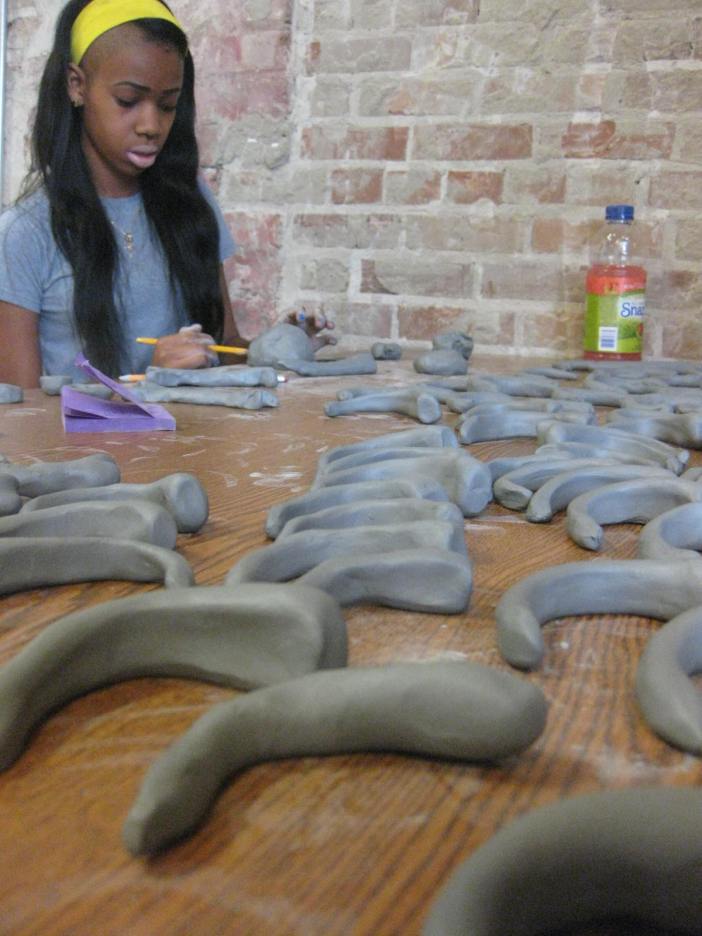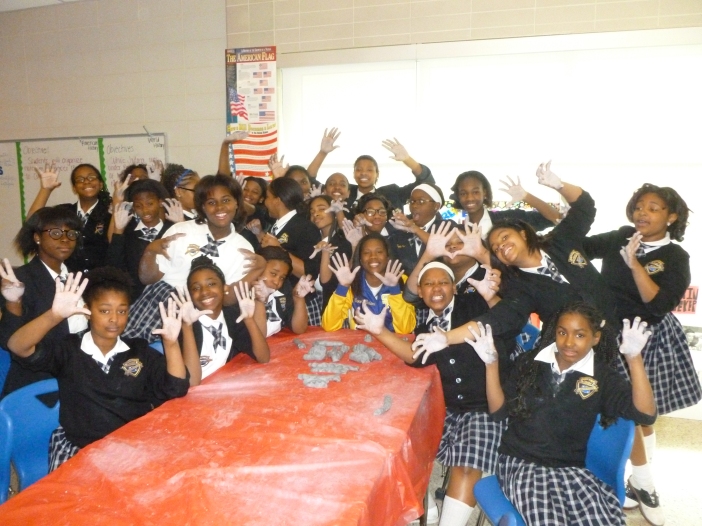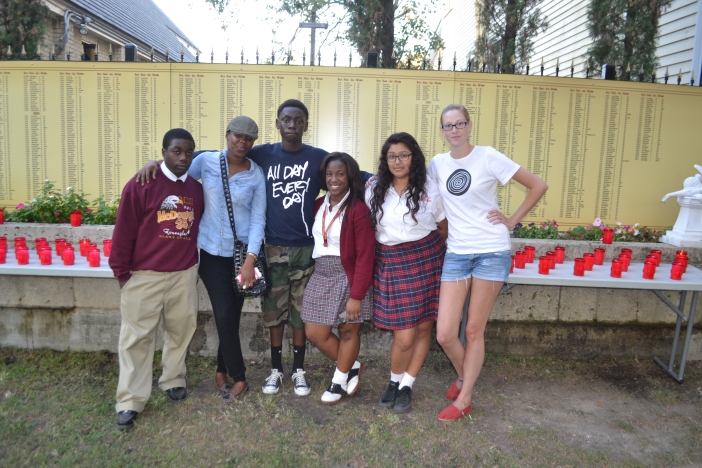Last Friday some friends and I went to Zeitgeist Multi- Disciplinary Arts Center to watch the documentary Shell Shocked about the murder rate in New Orleans. It isn’t just statistics and crime scene photos. It is about the children, the families, the community that is plagued by the most terrible disease: murder. There are interviews with community and religious leaders, students, parents of murder victims and footage of news clips, all set against the backdrop of a post-Katrina New Orleans. I don’t personally know anybody who has been murdered, so it is very hard for me to try to relate or understand what the majority of New Orleanians have gone through. I have, however, seen the aftermath. Not the bloody, hysterical, anger filled aftermath, rather the apathetic, unhopeful, broken down aftermath.
Watching Shell Shocked was really interesting to me because I am fascinated by crime and gang culture. I have seen just about every documentary on the Bloods and the Crips, MS 13, LA Riots and the like, in addition to all of the episodes of Locked Up available on Netflix. But this was different. It was different because it is the same, and, because it is my city; it isn’t some far away West Coast city that has class and race issues that devolve into riots and gang violence. It is my backyard, it is my adopted home, it is my community, it is my neighbor.
It was also interesting because these are things that people who choose to live in New Orleans know. I know that murder happens all the time. I know that most of the time black, young adults are involved. I know that the 9th ward and 7th ward are some of the most dangerous areas. I know these things. But for some reason having someone show me, formally present me with the facts, is very upsetting. Maybe it’s because I know these things in the back of my mind; that I am always subconsciously aware of. But it is different to sit in a room with people and view your city from a person perspective for an hour.
One of the most jarring things to me was the ease and calm with which the youth discussed murder; not just murder, but the murder of their friends and family.
“I got two brothers who got shot. So yea, it’s a lo- it runs through my family, but that’s the closest, my brothers.”
“I know about ten people who have died to a violent death.”
“They all died before they even turned 17.”
“It’s almost natural that you know somebody who got shot. Like, if you don’t know nobody, somethin’ wrong wich’ya”
It is so upsetting to me that this is what the next generation thinks is natural. There is nothing natural about murder. Not only do they feel like it is natural, but they feel like there is no hope. This is a sentiment I have heard time and time again. “But Ms. Emily, what you think we can do?” “Not nobody gonna listen to me.” “Naw it’s too late for New Orleans.” When I hear students talk about murder like this my heart breaks. They should not be desensitized to such rampant violence at such a young age.
But then again, what can be done? What can be done to undo generations of marginalization, poverty, racism, and poor education? I don’t have the answer, but I refuse to think that nothing can be done. I firmly believe that the first step in fixing any problem is acknowledging that it exists and opening a real dialogue about it. I believe that is what John Richie (the director) is working towards. As I see it there is a dichotomy between the way that “outsiders” view New Orleans and the way that New Orleans really is. I think that Shell Shocked is trying to show the human side of the New Orleans’ negative statistics. Like I have said so many times before, murder doesn’t happen in a vacuum, it affects all of us.
I hope that this will inspire you to purchase the documentary here. Richie has challenged us as a national community to reach 5,000 downloads by the end of July. If we reach this goal he will donate $1,000 to Youth Mentoring Connection NOLA.
The point? We need to do better for our next generation.

